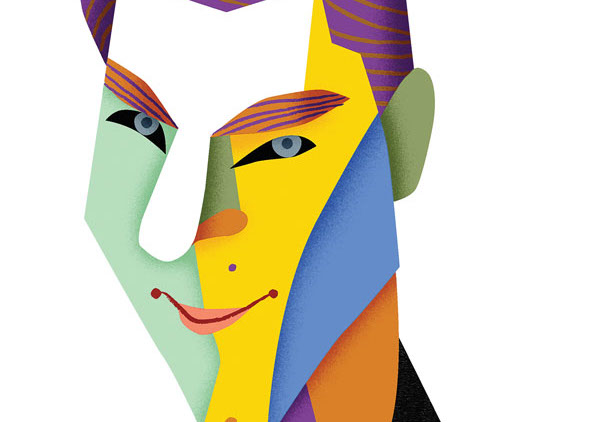In 2015, I was interviewed for the Rochester Review, my alma mater’s quarterly publication for parents and alumni. Master Class has always been one of my favorite sections of the magazine and I was honored to be selected (especially so soon after graduating). The entirety of that article can be viewed at the link above, but I wanted to take some time to revisit the article with the insight I’ve gained (and the advances in technology) in recent years.
Differentiators
What makes your product/business stand out.
When cars were first invented, there wasn’t much to differentiate them. In fact, the Model T was the only option. There was no design (lest we remember Ford’s famous “any color they want” quote); functionality was all that mattered. It was good enough. As functionality be came easier, design started to matter. Brands and products could differentiate themselves with design, and to fit certain niches (sports car vs. minivan vs. family sedan).
Software has gone through a similar evolution. Making it work was good enough 10, 20, 30 years ago. Now design is how you differentiate yourself.
Multiple Dimenisons of Design
It’s not just how pretty it looks. That’s usually the least important.
Jakob Nielsen was a pioneer in the Human-Computer Interaction field (the academic side of UX design). In his seminal text, Usability Engineering (published in 1993, mind you), he identified several Usability Heuristics (which serve the basis of his Heuristic Analysis). Efficiency, learnability, error recovery; these are all factors in what makes a design great.
When it comes to minimalist design, there needs to be a balance. Minimalism taken to the extreme strips context and understanding from an interface. Brevity is different from simplicity. Comprehension is a requirement, and balancing this with brevity is how you get to true simplicity. If a user picks up a device or application and can’t figure out what to do with it, you’ve gone too far.
Looking Forward
Wearables, Machine Learning, and Conversations, oh my!
The more context a designer can gather about their users, the better. Historically, designers did that by compiling as much research ahead of time as they could, and then designing something to fit the information they had currently. With newer advances in technology, we can understand more about our users on the fly: connect to their wearables to learn about their heart rate, blood pressure, state of awareness, etc. Using those sensors and/or those on the user’s device (i.e. smartphone), you can also learn about their environment: noise levels, light levels, motion, etc.
All of that allows us to adjust an interface/interaction subtly to better suit our users. If you know there’s a lot of noise or light in the environment, you might want to tone down some of those beautiful gradients or gentle contrasts we love so much. If your car knows you’re starting to doze off, it can do things to rouse you (climate control, sound system; even vibration in the seat or steering wheel).
